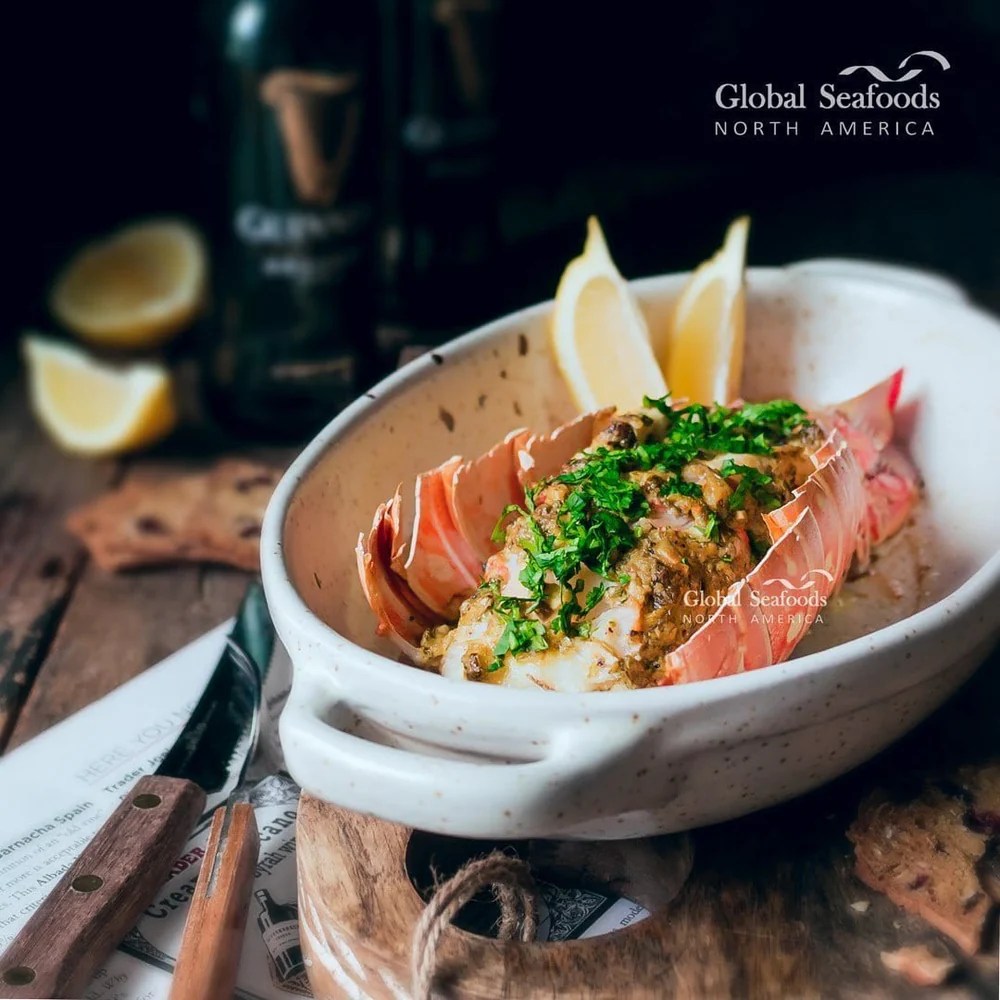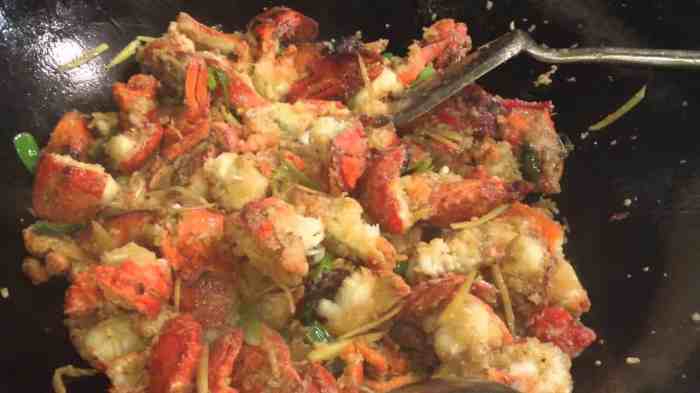Tips for Cooking Lobster Japanese Style
How to cook lobster japanese style on flattop – 1. Start with fresh lobster to ensure the best flavor and texture.
2. Prepare your ingredients beforehand to streamline the cooking process.
3. Use high-quality soy sauce, mirin, and sake for an authentic Japanese flavor.
When it comes to cooking curry fish Chinese style, there are several key ingredients and techniques to keep in mind. One popular recipe involves using fresh fish, curry paste, coconut milk, and various spices to create a flavorful dish. To learn more about how to cook curry fish Chinese style, you can follow this detailed guide: how to cook curry fish Chinese style.
4. Don’t overcook the lobster, as it can become tough and rubbery.
When it comes to cooking curry fish Chinese style, there are several key steps to follow. First, gather all the necessary ingredients such as fish, curry paste, coconut milk, and vegetables. Next, marinate the fish with the curry paste for maximum flavor. Then, sauté the vegetables before adding the coconut milk and simmering the fish until cooked through. For a detailed recipe guide on how to cook curry fish Chinese style, you can refer to this how to cook curry fish Chinese style resource.
5. Garnish with green onions, sesame seeds, and a squeeze of lemon for added freshness.
What You Mean by Cooking Lobster Japanese Style: How To Cook Lobster Japanese Style On Flattop

Cooking lobster Japanese style involves using traditional Japanese ingredients and cooking techniques to enhance the natural flavor of the lobster. This includes simmering the lobster in a savory broth made with soy sauce, mirin, and sake, which infuses the lobster with a rich umami taste.
What is Known About Cooking Lobster Japanese Style

Cooking lobster Japanese style is a popular method in Japanese cuisine, known for its delicate flavors and elegant presentation. It is often served as a special dish for celebrations and gatherings, showcasing the chef’s skill and attention to detail.
Solution for Cooking Lobster Japanese Style on Flattop
To cook lobster Japanese style on a flattop, start by preheating the flattop to medium-high heat. Add a splash of oil and sear the lobster tails until they are lightly browned. Then, add the soy sauce, mirin, and sake to the flattop and simmer the lobster until it is cooked through. Garnish with green onions, sesame seeds, and a squeeze of lemon before serving.
Detail Information on Cooking Lobster Japanese Style on Flattop
Cooking lobster Japanese style on a flattop requires precise timing and attention to detail to ensure that the lobster is cooked to perfection. The flattop provides an even cooking surface, allowing the lobster to cook evenly and develop a delicious caramelized crust.
Describe in Depth How to Cook Lobster Japanese Style on Flattop

Start by preparing the lobster tails, removing the shells and deveining them. Preheat the flattop and add oil, then sear the lobster tails until they are lightly browned. Add the soy sauce, mirin, and sake to the flattop and simmer the lobster until it is cooked through. Garnish with green onions, sesame seeds, and a squeeze of lemon for a burst of freshness.
Conclusion
In conclusion, cooking lobster Japanese style on a flattop is a delicious and elegant way to enjoy this delicacy. By following traditional Japanese cooking techniques and using high-quality ingredients, you can create a memorable dish that will impress your guests. Remember to pay attention to detail and don’t overcook the lobster for the best results.
FAQs
1. Can I use frozen lobster for this recipe?
2. How long should I simmer the lobster on the flattop?
3. What other garnishes can I use for the lobster?
4. Can I substitute the soy sauce, mirin, and sake with other ingredients?
5. How can I tell if the lobster is cooked through?
